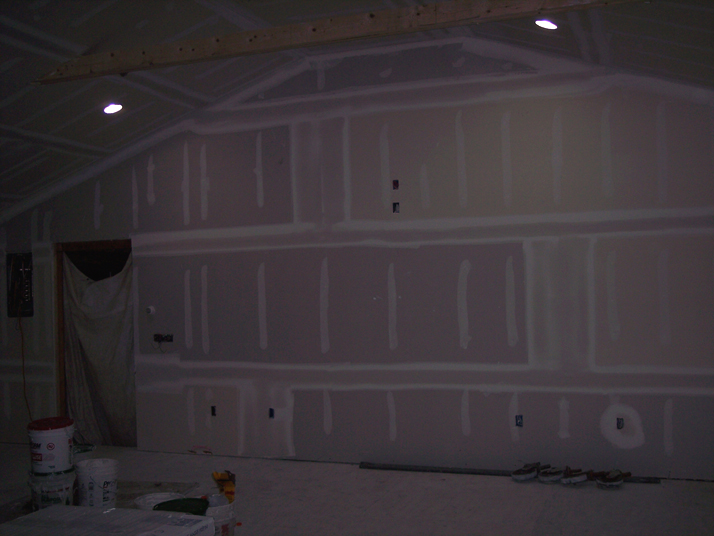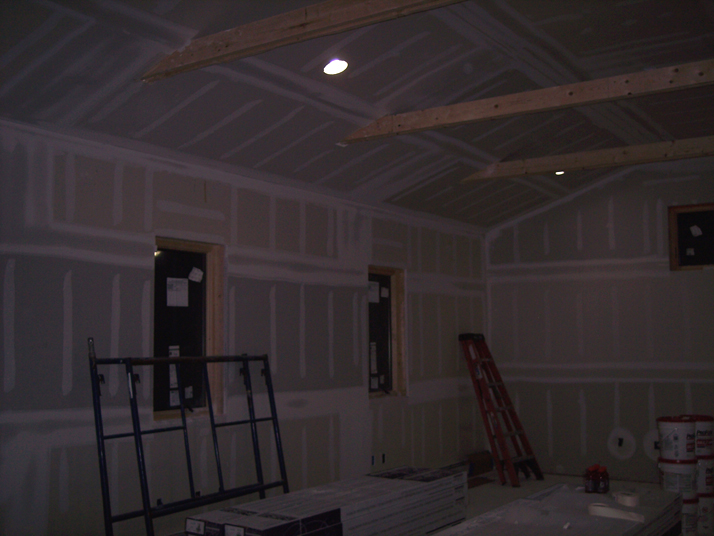miroslav
Cosmic Cowboy
I’m sure I mentioned something about that a while back. Not this thread, but you were there. IDK what you’d have to do to satisfy codes, but it’s gotta be possible cause people do it all the time. I suppose you’ve got plenty of space and money, though, so...
If I recall...are you talking about the "no drywall" thing?
TBH...I really don't know where people "do it all the time"...unless you mean homeowner DIY projects, where someone finishes off their basement or garage, etc.
Here's the thing...to do any kind of addition, in most states where people are building within close proximity of civilization, and not somewhere deep in the backwoods...you can't do an addition without a permit. Heck, you can't even build a larger shed without a permit.
You can certainly go ahead and build it...but if the town finds out, you're gonna get cited, and you may even have to take it down.
Now...once you enter the world of needing/getting a building permit...all the building codes apply, and the building inspector will be around several times during the project to inspect. Not to mention...the licensed contractor doing the work is not going to build against code.
OK...so maybe you DIY the entire build, and figure to get your inspection and your C of O...and then you turn around and rip out the drywall (kinda dumb, but whatever)...and you're enjoying your no-drywall sonic bliss...well guess what, if you have any kind of fire, you're insurance will laugh at you when you file a claim, because you ripped out the fire-stop drywall.
So again...I don't know where or who these people are that "do it all the time"...but they are most likely not following approved building codes, and they risk their insurance being voided by that should they have a fire or some kind of damage.
AFA me having the space...well, now I will.
AFA as having plenty of money, well, enough to build with permit, following codes, fully insured...and the real point is, I'm protecting my audio investment by doing it properly. This ins't just a basement or spare bedroom conversion...already had that. I'm going for something a bit more involved.
Now AFA what other people do in their home studios...it's their choice, their risk.
I'm just not seeing your point...what's to be really gained...and you know, even if there was no permit needed or codes to follow, the thought of leaving the insulation exposed just doesn't appeal to me.
Of course, there's more to it than just that...the drywall acts as the leaf spring that helps control the sound coming in and going out of your space...especially with double 5/8" drywall. With just insulation, you would lose that.




